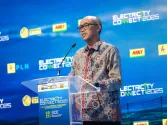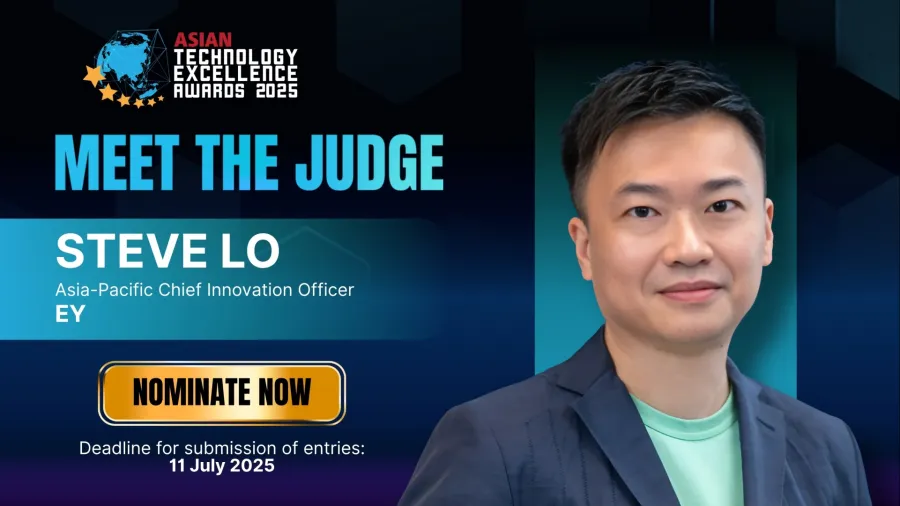
Create an environment where AI-natives can thrive: EY’s Steve Lo
He advocates for technological leadership, strategic foresight, and cultural adaptability to ensure Asia-Pacific’s sustained tech excellence.
Asia’s technology sector demonstrated both resilience and transformation in 2024 amidst global economic challenges. Despite market downturns, the region continued to attract investor interest, particularly in the field of artificial intelligence (AI), reflecting its commitment to fostering innovation and adaptability towards the sector’s future.
This valuable insight was highlighted by EY Asia-Pacific’s Chief Innovation Officer Steve Lo, who pointed out that companies must keep a close watch on tech advancements in the region for them to be able to seize opportunities and remain competitive in the global landscape.
Lo, who advises global organisations headquartered in Asia on their innovation and digital agenda, holds over three decades of professional services experience in enterprise growth and operations management, with a focus on the Technology, Media and Telecommunications sectors.
In this interview with Asian Technology Excellence Awards, the industry leader underscores the resilience, agility, and growing global influence of the Asia-Pacific tech industry, whilst also emphasising the need for companies to adapt structurally and strategically to maintain momentum.
Given your extensive experience, how would you assess the progress of innovation within the Asia-Pacific tech industry?
Innovation in Asia-Pacific continues to advance in strong waves, demonstrating notable resilience despite macroeconomic uncertainties and ongoing trade challenges such as US tariffs. Whilst tariffs have introduced uncertainties and supply chain complexities, Asian companies have continued to demonstrate resilience and implemented new strategies to navigate the challenges. What distinguishes Asia-Pacific is not only the pace of technological development, but also its exceptional agility in adapting to a rapidly changing environment.
For example, China’s leadership in electric vehicles (EV) exemplifies this dynamic perfectly, with the country rapidly scaling manufacturing, infrastructure, and consumer uptake to become a global powerhouse. Beyond EVs, Asia-Pacific is also making significant strides in robotics—especially in healthcare and manufacturing—and digital banking and payments, where markets like South Korea, Japan, and Southeast Asia are innovating rapidly.
This combination of localised innovation, quick adoption, and supportive ecosystems means Asia-Pacific is entering centre stage when it comes to tech innovation.
How can tech firms in the Asia-Pacific better integrate innovation into their core business strategy, particularly when expanding into international markets?
From working closely with some of the largest multinationals in Asia-Pacific, a few critical lessons have emerged. Asia-Pacific leads globally in STEM education. For instance, China graduates approximately 8 million STEM students annually, accounting for roughly 40% of the world’s total, according to the UNESCO Institute for Statistics. Other countries like South Korea and Singapore also rank highly in global STEM education and skills development, as noted by the World Economic Forum’s Global Competitiveness Report 2023. However, innovation requires going beyond traditional hiring practices. Tech firms should intentionally seek talent that does not fit conventional enterprise profiles, but brings diverse perspectives and problem-solving approaches. For example, a toy manufacturer that traditionally hires industrial engineers or factory operators might drive innovation by bringing in AI data scientists—professionals who don’t fit the conventional profile but offer new perspectives and problem-solving approaches.
To nurture and retain this talent, companies must refresh management styles and company cultures to become more inclusive, flexible, and purpose-driven. Empowering teams with autonomy, fostering continuous learning, and encouraging open communication are vital to sustaining innovation long term.
On the technology front, aligning with global standards—whether in cloud infrastructure, programming languages, or cybersecurity protocols—is crucial. This alignment ensures smoother scalability and interoperability as firms expand internationally.
Finally, business leaders today must stay as close to public policy developments as ever before. Regulatory frameworks for emerging technologies like generative AI are still evolving rapidly across jurisdictions, and staying vigilant allows organisations to adapt quickly and confidently to these changes.
In essence, Asia-Pacific firms that blend diverse talent, adaptive cultures, and strategic technology choices will build resilient innovation engines ready to compete on the global stage.
With the rapid evolution of technology, how should companies prepare their workforce to meet changing skill demands and capabilities?
We are entering a pivotal moment as Gen Z—who grew up fully immersed in digital technology—becomes a dominant part of the workforce. Their expectations, work styles, and relationship with technology differ significantly from previous generations, which means companies must rethink how they attract, manage, and motivate talent. Traditional management approaches will not fully resonate with this new cohort; instead, flexibility, purpose-driven culture, and continuous upskilling will be critical.
At the same time, the proliferation of generative AI has ushered in a new era of “democratised” specialised knowledge. Tasks that once required deep domain expertise can now be accelerated or enhanced by AI tools accessible to many. This shifts the ideal workforce profile: the future’s most valuable employees will not just be experts in traditional skills like business analysis or crafting perfect presentations. Instead, they will be “AI-natives” — those who understand how to harness AI effectively, particularly through skills like prompt engineering and creatively adding value to AI-generated insights.
To succeed, companies need to create an environment that allows these AI-natives to thrive, fostering autonomy and innovation. At the same time, they must rapidly upskill their existing workforce, enabling seasoned employees to combine their deep experience and knowledge with new AI-powered capabilities. This dual approach unlocks the full potential of their people and accelerates transformation.
Looking ahead, which external factors do you think will have the greatest influence on the Asia-Pacific technology landscape, and how should companies prepare for them?
Several external forces will shape the Asia-Pacific technology landscape in the coming years. Trade tensions and tariffs continue to impact supply chains and cost structures, making it essential for companies to build resilient, diversified sourcing networks and explore regional partnerships to mitigate geopolitical risks.
At the same time, the centre of gravity for technology innovation and investment is shifting eastward, or at least creating a more balanced, level playing field that’s driven by factors such as strong government support and public funding aimed at fostering digital transformation, vast and growing consumer markets, and evolving regulatory environments that have created bifurcated ecosystems requiring tailored strategies. Coupled with expanding tech infrastructure and deepening local talent pools, these elements have positioned Asia-Pacific as an emerging global tech powerhouse.
Another important external factor is the rapid development of key technologies such as AI and quantum computing. These technologies have strong alignment with core business activities and are poised to reshape industries across the region. Companies must keep a close watch on these advancements to seize opportunities and stay competitive.
Additionally, a changing workforce profile—with Gen Z entering in full force and the rise of “AI-native” talent—requires companies to adapt talent management approaches, engaging digitally fluent employees and rapidly upskilling existing staff to work effectively alongside AI and automation.
As a returning judge for the Asian Technology Excellence Awards 2025, what key attributes or strategic outcomes will you prioritise when evaluating this year’s nominations?
Being involved with the Asian Technology Excellence Awards in previous years has been a truly inspiring experience. The creativity and innovation showcased by past entrants have consistently impressed me, reflecting the vibrant and rapidly evolving tech landscape across the region.
This year, I am particularly curious to see how companies are translating the promise of generative AI into practical, real-world applications. Since the launch of ChatGPT in 2022, we are now entering the third year of generative AI’s rise, and it will be fascinating to observe the ways businesses have moved beyond experimentation to mature, scalable adaptations that deliver tangible value.
Ultimately, I look forward to celebrating efforts that not only push technological boundaries, but also demonstrate clear strategic outcomes and meaningful impact in their markets.






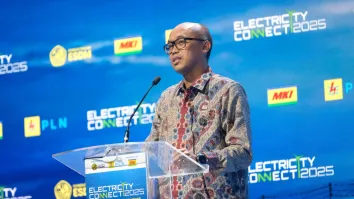
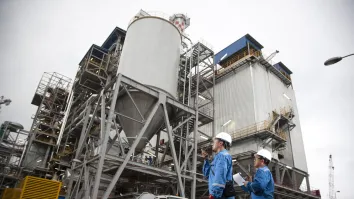
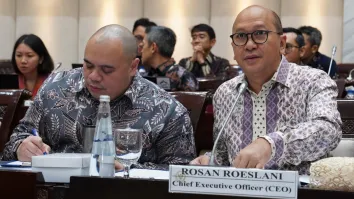

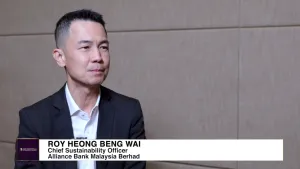
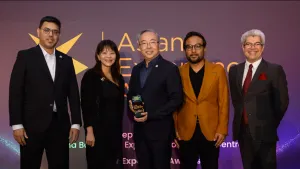
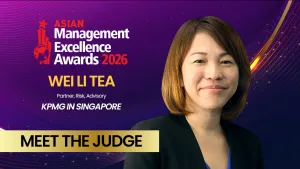
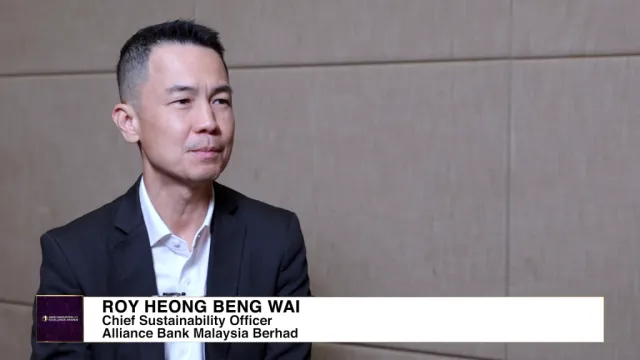
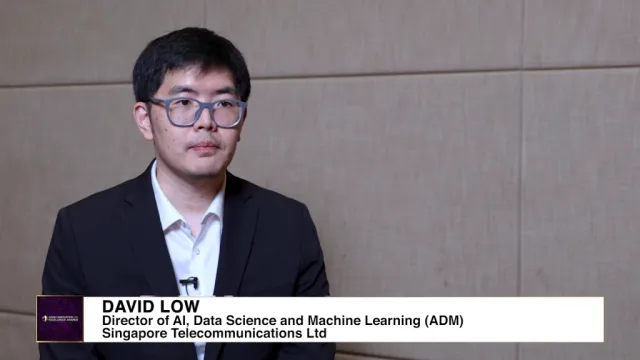



 Advertise
Advertise






